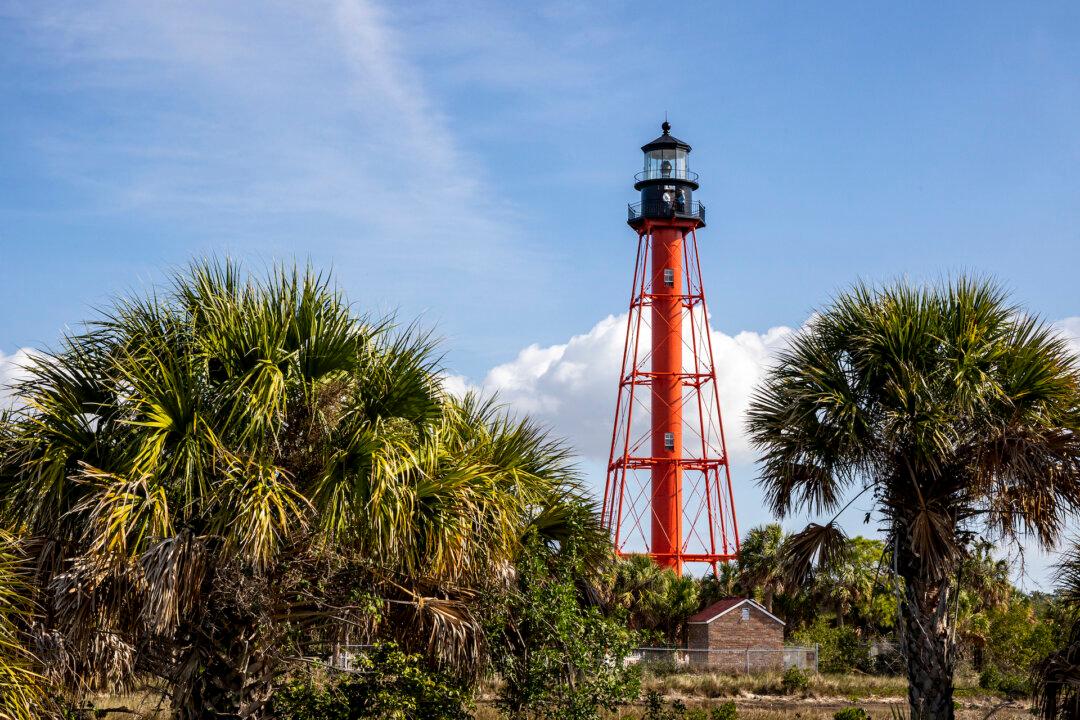By Patrick Connolly
From Orlando Sentinel
ORLANDO, Fla.—What debuted in the late 1800s as a shining beacon of light, then eventually fell into disrepair, is now back in restored condition and open for visitors to climb 127 steps to the top.

ORLANDO, Fla.—What debuted in the late 1800s as a shining beacon of light, then eventually fell into disrepair, is now back in restored condition and open for visitors to climb 127 steps to the top.